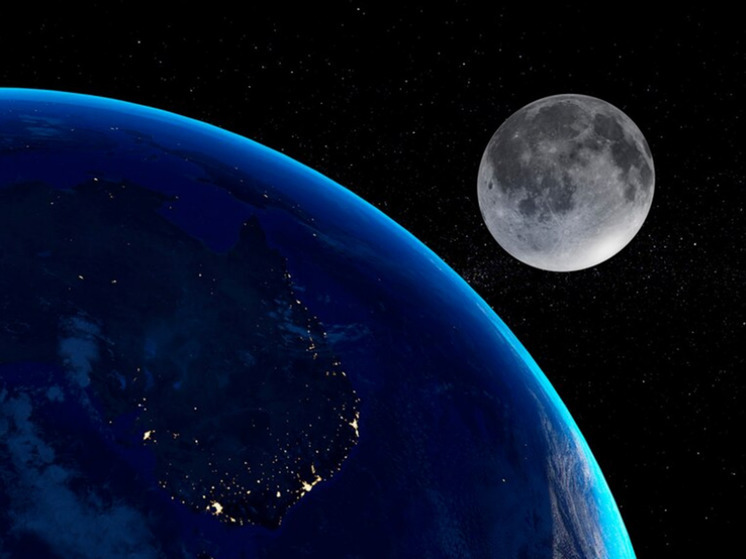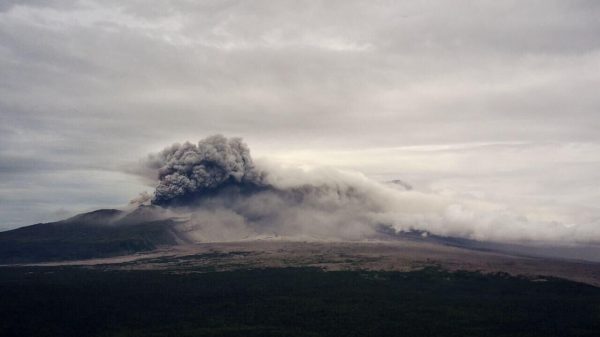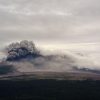Shape changes and its active seismicity may prevent the construction of residential bases on it
The Moon is shrinking, moonquakes are occurring on it, and this may interfere with future astronauts who are preparing to land on our earthly satellite and build lunar bases there. This conclusion was reached by a group from the Center for Earth and Planetary Studies at the American National Air and Space Museum. The opinion of a Russian scientist from the Geochemical Institute of the Russian Academy of Sciences regarding seismic activity on the Moon turned out to be more balanced.

In the coming years, NASA plans to send astronauts to the lunar pole as part of the Artemis campaign. But scientists led by Center for Earth and Planetary Science senior fellow Thomas Watters have conducted research that calls into question the safety of future missions, especially those involving the construction of habitable bases on the Moon. Watters and his colleagues warn of the risk of regolith shifts and faults occurring as the Moon's internal structure gradually cools and contracts. According to their article in the journal Planetary Science, the shift locations extend to the very same locations on the Moon's South Pole where the crew of the Artemis 3 mission plans to land.
The authors of the article cite as evidence data obtained during the Apollo program — then a network of seismic instruments recorded the seismic activity of the lunar surface. “The largest recorded moonquake had an epicenter in the south polar region,” the study noted.
Additionally, scientists refer to images from the Lunar Reconnaissance Orbiter (LRO) camera, which discovered thousands of relatively small young strike-slip faults widely distributed throughout the lunar crust. “They are ledge-like landforms that resemble small steps on the lunar surface,” Watters and his colleagues report. “Steps” on the Moon, in their opinion, are formed as a result of compression and displacement of the crust as a result of the tidal forces of the Earth and cooling of the still hot core of the Moon.
Scientists note that lunar earthquakes, although they have a lower magnitude, Compared to those on earth, they can be very long. Possible locations for landslides and “steps” will need to be taken into account when planning the exact locations of lunar landings during future missions.
— I would say that our American colleagues did not provide complete information about the change in the shape of the Moon: it is not only shrinking, its deformation can be described as a much more complex process. For example, it is known that the Moon itself can shrink as a result of gradual cooling. In addition, it can change shape as it moves away from the Earth (on average, it moves away from us by 3 centimeters every year), and from this it can further shrink, but for the most part — at the poles. If now, due to regular earth tides, its shape is slightly elongated in the form of a cucumber, with its “nose” directed towards our planet, then as it moves away from us it gradually becomes more spherical.
– Since the reduction of the Moon's surface is not global, but is noticeable only at the poles, the removal has a greater effect than cooling.
If you place the base under a mudflow-prone slope, then any meteorite impact can lead to a strong moonquake and, accordingly, the descent of lunar material onto the station. This, of course, should be taken into account for the future.
Even during the first lunar missions — Apollo 11, Apollo 12 — astronauts installed a network of seismic sensors near the landing vehicles , and subsequent missions collected data and installed new instruments. As a result, a wide network of sensors allowed the Americans to “catch” tremors that took place deep in the lunar mantle, at a depth of approximately 500 kilometers. The Moon is actually a living planet with an iron core with a radius of approximately 300 kilometers, and a small layer of semi-molten material around the core (50-100 km thick). Further, the Moon has only stone, a large, motionless petrified mantle and crust, covered with regolith.
– Despite some similarities in the structure of the Earth and the Moon, the Earth is more “alive” — between Our core and crust have a much larger layer of mobile mantle — about 2 thousand kilometers. It is, as you know, that moves continents. On the Moon, plate tectonics ended within the first billion years; there everything cooled down much earlier.


























































Свежие комментарии